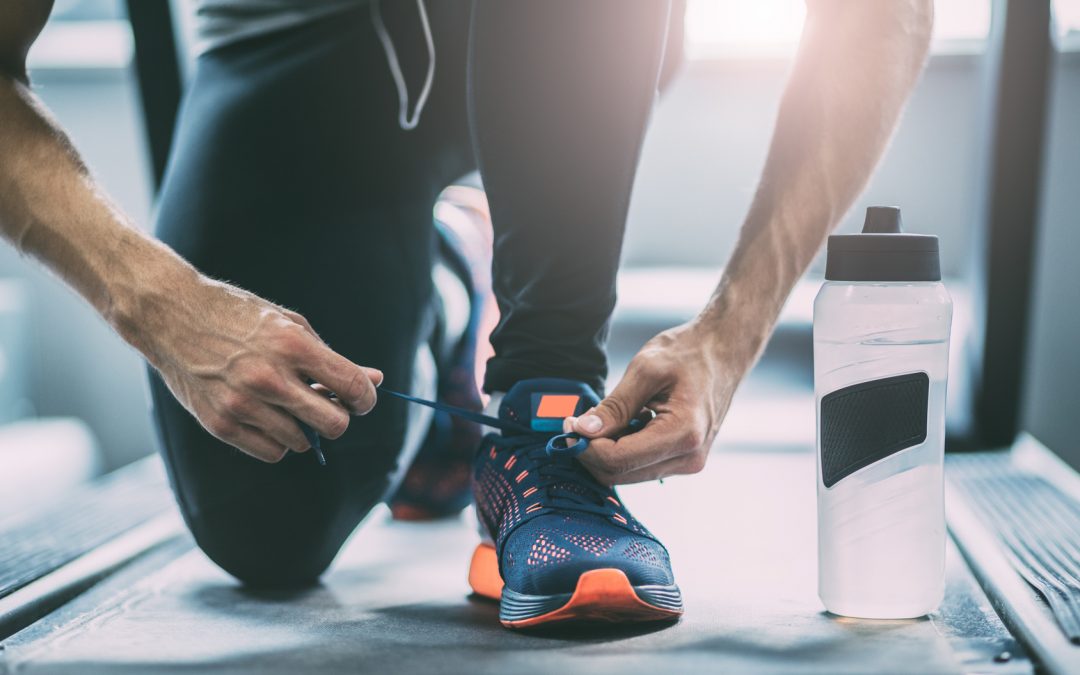It’s not often that Kabul and New York City are compared to each other — one is the sprawling and ancient capital of Afghanistan, and the other is one of the world’s leading financial centers — but when it comes to climate, the two have more in common than many realize.
At least when it comes to temperatures.
Gotham tops out in the low 90s on average, just like Kabul, and both cities tend to see temperatures drop into the 20s when winter rolls around.
So why aren’t we comparing conditions in the northeast United States and the high plateau of Afghanistan more often. Because Kabul and its environs — situated at an elevation of more than 5,000 feet — have a cold semi-arid climate, with most of its annual precipitation concentrated in the winter and spring months. Like Denver, Phoenix, and the U.S. Southwest, it is a dry, low humidity place, despite the generally mild temperatures.
This fact has proven problematic for many of the U.S. soldiers who have been stationed near Kabul and in other parts of Afghanistan over the years. In even the best of situations, dehydration ranks among the most serious day-to-day risk that soldiers face, but in the desert climates of Asia and the Middle East that risk increases exponentially, creating a logistical challenge for the U.S. Army and others in the region to ensure that everyone on the ground is getting enough water and staying hydrated in a place that is — quite literally — trying to pull the moisture out of their bodies into thin air.
According to the Army, the average person should drink 75% of their body weight in water each day, adding additional water depending on how dry the local climate is and how much physical activity they’re doing. That means, for an active, 150 pound person, they’ll need to drink more than 144 ounces of water each day, or nine ounces per hour. That works out to more than eight average bottles of water every 24 hours, and more depending on how hot it is and what you’re doing.
Per person. Per day.
Good luck managing that need for thousands of soldiers spread across thousands of square miles.
A Country Drying Out
But the challenges of dehydration involves more than just soldiers in dry climates. Up to three-fourths of Americans are chronically dehydrated, and the condition can be far more debilitating than it might seem.
Mild dehydration — literally, not drinking enough water on a day-to-day basis — can impair cognitive performance by up to 20%, affecting reaction time, mental accuracy and memory. More severe cases, however, can result can result in seizures, brain damage, shock, and death.
It’s a widespread and potentially serious condition that sends more than half a million Americans to the hospital each year, costing the medical system more than $5.5 billion in hospital charges. On average, 10,000 people in the U.S. die as a result of severe dehydration annually.
Sustained, strenuous exercise is the most common culprit in severe cases — such as the 16-year-old high school football player who died in Florida in 2017 as the result of severe dehydration and heat stroke — and up to 80% of all amateur marathon runners are mildly dehydrated by the time they cross the finish line. At best, this is causing a roughly 29% decrease in performance. At worst, it’s a serious health risk.
Testing the Impossible
But dehydration is also notoriously difficult to monitor and test for, in part because the symptoms can vary so widely from person to person, and can be easy to mistake for other causes. Irritability, headache, weakness, dizziness, cramps, chills, heartburn, vomiting, nausea … these are symptoms that everyone has experienced and can all be traced back to many different underlying causes.
Thirst is a notoriously poor indicator — we can lose over 1.5 liters of fluid before even feeling thirsty, at which point we’d be well on the way to being dehydrated — but it turns out our sweat holds clues to our hydration levels, including biological signals that show up as we become dehydrated and as we rehydrate.
Nix, a startup biotech company in Boston, is developing a wearable, single-use patch that
monitors hydration in real-time using a proprietary hydrogel technology that was developed at Harvard University. This biosensor can detect changes in an individual’s sweat as he or she dehydrates and rehydrates, including the level of electrolyte losses, indicating when to drink, what to drink, and how much to drink.
Users simply apply the patch, go about their day or their workout, and then throw the patch away once they’re done.
If they start to get dehydrated, visual cues on the patch will notify them before it gets out of hand. As they rehydrate, the warning will reset and the patch will go back to normal. This way, the user will get actionable information, in the moment that a decision needs to be made, and can take steps to correct the problem.
Nix is starting out with patches for athletes but is looking well beyond that niche for future products. In addition to hydration monitoring across a variety of categories, including health and wellness, beauty, women’s health, infant health and nutrition, the company’s sensor platform can be chemically tuned to respond to a wide range of environmental and biological stimuli, measuring subtle changes in biomarkers present in body fluids such as sweat, tears, blood, urine, breast milk, and saliva. This means potential applications in skin care, oral health, neonatal nutrition, and more.






